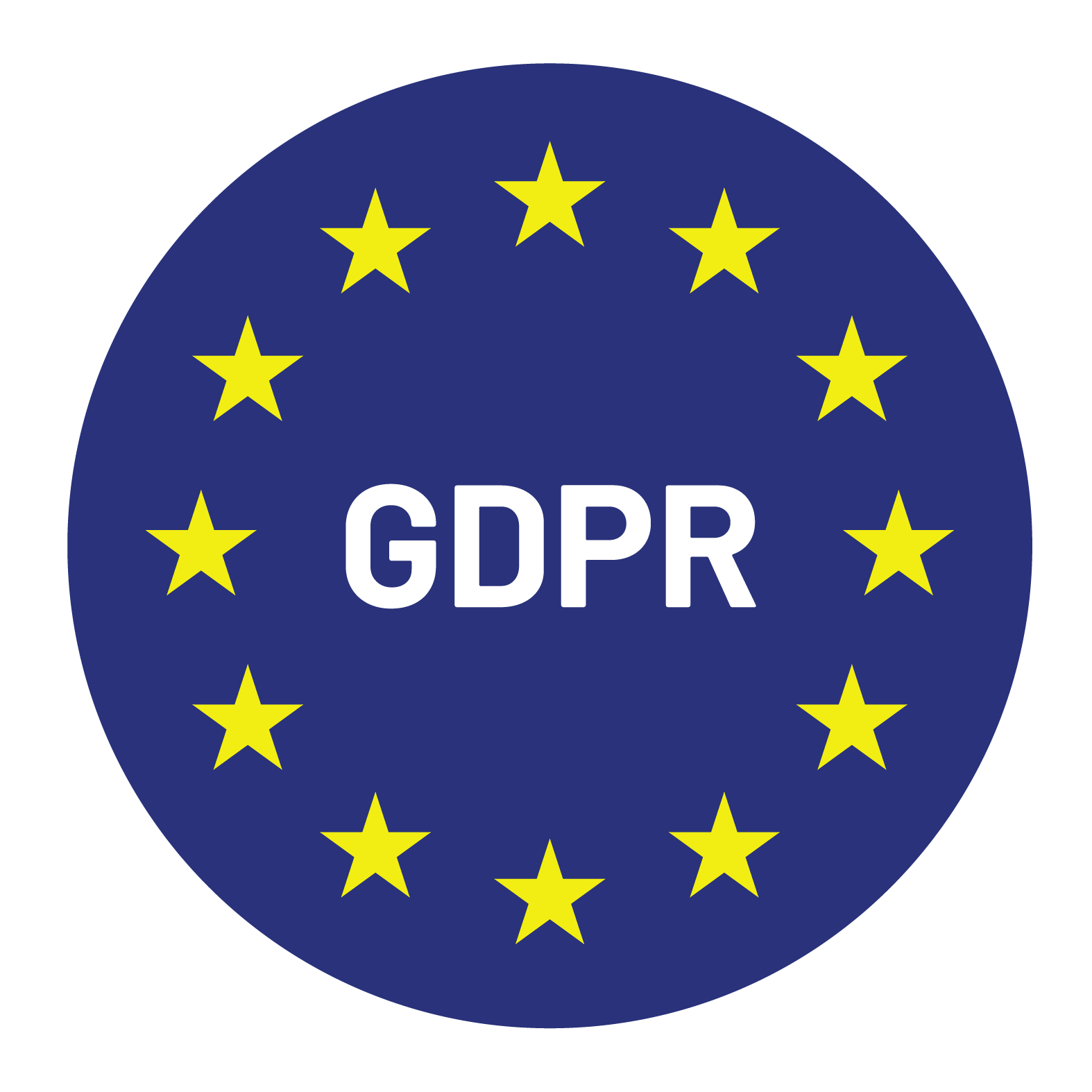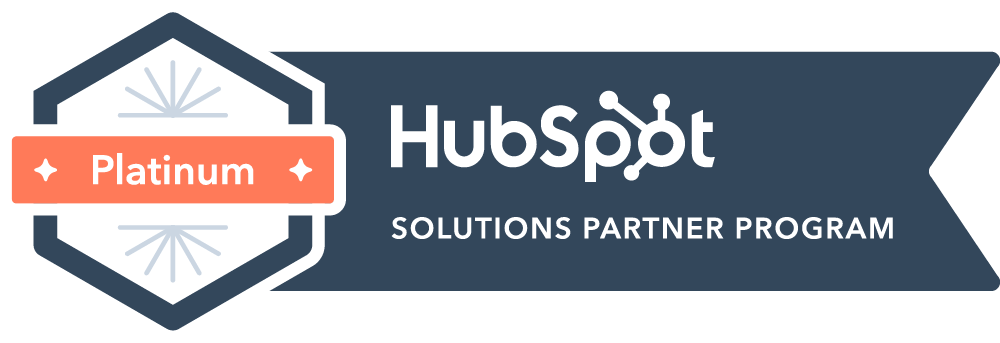

Content Writer for Whistle with multidisciplinary experience spanning over a decade.
In SaaS, your pipeline is everything.
A strong flow of qualified meetings fuels growth, keeps your sales team focused, and ensures you’re not relying on “hope” to hit your revenue targets. But generating that pipeline consistently and at scale isn’t easy.
That’s why many sales and marketing leaders turn to a SaaS lead generation company. The right partner can act as an extension of your team, delivering high-quality appointments with decision-makers who are ready to buy.
The wrong partner? They can waste months of budget and erode trust with your target market.
According to HubSpot’s State of Sales Report, 61% of marketers consider generating traffic and leads their top challenge. For SaaS companies specifically, this challenge is amplified by longer sales cycles and complex buying committees that can include everyone from IT managers to C-suite executives.
To help you make the right call, here are 10 essential questions to ask any potential appointment setting partner before signing a contract.
Not all lead generation is created equal. Selling SaaS is very different from selling consumer products or one-off services. The sales cycles are longer, the stakeholders are more complex, and the value proposition often needs deep explanation.
A B2B lead generation agency with SaaS experience will understand how to position subscription-based value, navigate multi-stakeholder buying groups, and use messaging that addresses both technical and business decision-makers. They’ll know that a typical SaaS sale involves an average of 6.8 stakeholders according to Gartner research, and they’ll craft outreach strategies accordingly.
An agency that’s fluent in SaaS will ramp faster, produce better-qualified leads, and save you from costly trial-and-error.
One of the most common appointment setting challenges is chasing the wrong prospects. If your Ideal Customer Profile (ICP) is too broad or based on outdated assumptions your calendar will fill with low-value meetings.
The best partners ask how you define and refine your ICP, whether you use firmographic, technographic, and intent data to guide targeting, and how often you review and adjust based on performance.
According to Salesforce research, companies that align their sales and marketing teams around a well-defined ICP see 208% higher revenue growth. A sophisticated partner will leverage tools like ZoomInfo, Apollo, or Clearbit to build precise targeting frameworks that go beyond basic demographics to include technology stack, growth stage, and buying intent signals.
Best practice: The right appointment setting partner will collaborate with you to build a precise targeting framework and continually fine-tune it to improve results.
Great outreach starts with great data. If your partner is relying on generic list providers, you’ll get bounces, irrelevant contacts, and unresponsive prospects.
Look for a lead qualification services partner who uses multiple trusted data sources, validates and enriches contact data in real time, and segments lists for personalized outreach. They should have processes for cross-referencing multiple databases, verifying email deliverability, and maintaining GDPR compliance.
The cost of bad data is significant. IBM estimates that poor data quality costs U.S. businesses $3.1 trillion annually. In the context of lead generation, bad data means wasted outreach efforts, damaged sender reputation, and missed opportunities with your actual target prospects.
Pro tip: Poor data is a silent pipeline killer. Ask for examples of their data hygiene process and how they maintain list freshness over time.
If a potential partner’s outreach strategy begins and ends with email, that’s a red flag.
Modern top-of-funnel sales strategy blends multiple channels: email, phone, LinkedIn, and other social channels, and direct mail or events when relevant. Research from Rain Group shows that it takes an average of 8 touchpoints to generate a viable sales opportunity, and those touchpoints need to span multiple channels to be effective.
Why multichannel wins: Different prospects respond to different mediums. The more touchpoints, the better your chances of starting a conversation. A sophisticated partner will also understand channel sequencing, knowing when to follow up an email with a phone call, or when to connect on LinkedIn after a successful email exchange.
Prospects expect messages that feel relevant, not spammy templates blasted to thousands. According to Campaign Monitor, personalized email campaigns deliver 6x higher transaction rates.
The challenge is maintaining personalization while operating at scale. Leading agencies use a combination of automation and human creativity to achieve this balance. They gather personalization insights from multiple sources—recent company news, social media activity, technology stack changes, or industry-specific pain points.
A strong SaaS lead generation company will combine data signals with human creativity to craft messaging that feels one-to-one, even when running at scale. They’ll A/B test different messaging approaches and continuously optimize based on response rates and meeting quality.
It’s easy to get dazzled by vanity metrics like “emails sent” or “calls made.” But what matters is the number of qualified sales opportunities generated.
You should expect reporting on meetings booked, meeting attendance rates, conversion from meetings to sales-qualified opportunities (SQLs), and average deal size influenced. The best partners also track leading indicators like email open rates, response rates, and phone connection rates to identify potential issues before they impact results.
According to Salesforce, companies that track the right sales metrics are 33% more likely to be high performers. A partner focused on outcomes rather than just activity will keep your pipeline aligned with revenue goals and provide actionable insights for improvement.
Not every booked meeting is worth your sales team’s time. A true appointment-setting best practices approach means leads are vetted before they hit your calendar.
The qualification process should include confirming interest, authority, and fit before scheduling. They should verify that prospects have genuine buying intent, budget authority or influence, and a realistic timeline for making decisions. Many agencies use frameworks like BANT (Budget, Authority, Need, Timeline) or more modern approaches like MEDDIC to ensure meeting quality.
Ask how they qualify interest, authority, and fit, whether they confirm the meeting and ensure attendance, and if they’re open to customizing qualification questions to match your sales process.
You might start with one product line and a small territory, but if your strategy works, you’ll want to expand.
The right outsourced SDR services partner can ramp up outreach volume quickly, cover new geographies and time zones, and handle multiple product or segment-specific campaigns. They should have the infrastructure and team depth to grow with your business without sacrificing quality or response times.
A scalable partner ensures you can grow without the hiring bottlenecks that come with building a large internal SDR team. According to Bridge Group research, it takes an average of 3.2 months for a new SDR to become fully productive—a timeline that can slow growth significantly.
Your sales tech stack is the engine behind your pipeline. If your partner’s tools can’t sync with your CRM, you’ll end up with siloed data and manual workarounds.
Check for CRM integration capabilities with platforms like Salesforce, HubSpot, or Pipedrive; sequencing tools for outreach automation, data enrichment, and analytics capabilities; and compliance with GDPR, CCPA, and other regulations.
This integration ensures that your sales team has complete visibility into prospect interactions and can pick up conversations seamlessly.
Pro tip: Smooth integration means faster onboarding and better visibility into your campaigns. It also ensures that lead scoring, attribution, and ROI calculations are accurate and actionable.
Past performance is the best predictor of future results.
Ask for case studies from SaaS companies in your stage or market, client references you can speak to directly, and specific metrics including conversion rates, pipeline value generated, and ROI timelines. Don’t just look at success stories. Ask about challenges they’ve overcome and how they’ve adapted their approach for different client needs.
The best agencies will be transparent about both their successes and their learning experiences. They’ll share specific metrics like average meeting-to-opportunity conversion rates, typical ramp time, and realistic expectations for different types of campaigns.
A proven sales pipeline generation track record means you’re less likely to waste time (and budget) on a partner learning on your dime.
Choosing a SaaS lead generation company isn’t just about ticking boxes; it’s about finding a partner who will integrate with your team, reflect your brand well, and drive consistent revenue outcomes.
Here’s a 3-step framework to make the decision easier:
A great SaaS lead generation company can be the difference between a stagnant pipeline and a sales engine that fuels your growth.
By asking the 10 questions above and paying attention to how each potential partner responds, you’ll be in a strong position to choose a partner who delivers real value. Remember, the cheapest option is rarely the best value, and the most expensive doesn’t guarantee the best results. Focus on finding a partner who understands your business, aligns with your values, and has a proven track record of driving revenue growth for SaaS companies like yours.
Ready to build a predictable sales pipeline? Book a strategy session with Whistle’s lead generation experts to learn more.


© Copyright – Whistle 2023